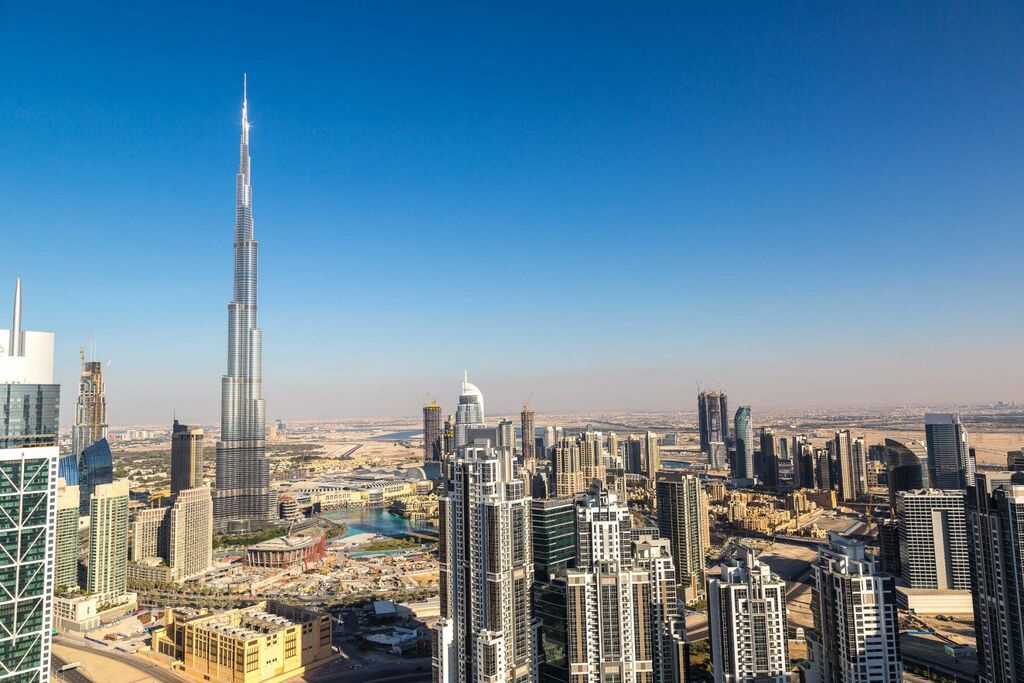Burj Khalifa, also known as Khalifa Tower, is a mixed-use skyscraper located in Dubai, United Arab Emirates, and holds the title of the world’s tallest building. It stands at a height of 2,717 feet, towering over the surrounding skyscrapers. Despite its impressive height, many people wonder why the Burj Khalifa doesn’t fall.
One of the key reasons why the Burj Khalifa doesn’t fall is its specially designed structure. Engineers and architects took several factors into account when designing the tower, including its height, location, and potential weather conditions. The design of the Burj Khalifa includes a sturdy central core and a unique buttressed design that distributes the weight of the building evenly.
The building’s foundation is also a crucial factor in its stability. The foundation of the Burj Khalifa is an enormous concrete slab that is over 13 feet thick and weighs over 58,000 tons. The foundation distributes the weight of the building over a large area, preventing it from sinking or tilting.
Additionally, the Burj Khalifa was designed to withstand extreme weather conditions. Dubai is known for its high temperatures and strong winds, and the building’s design takes these factors into account. The tower’s shape helps to reduce wind resistance, and its central core helps to prevent it from swaying too much in the wind.
Finally, the Burj Khalifa undergoes regular maintenance and safety checks to ensure its continued stability. These safety checks include testing the building’s foundation, checking for cracks in the structure, and maintaining the building’s safety systems.

In conclusion, the Burj Khalifa doesn’t fall because of its sturdy design, strong foundation, ability to withstand extreme weather conditions, and regular safety checks. The tower remains a marvel of engineering and architecture, and it will likely continue to stand tall for many years to come.
Read more:-

